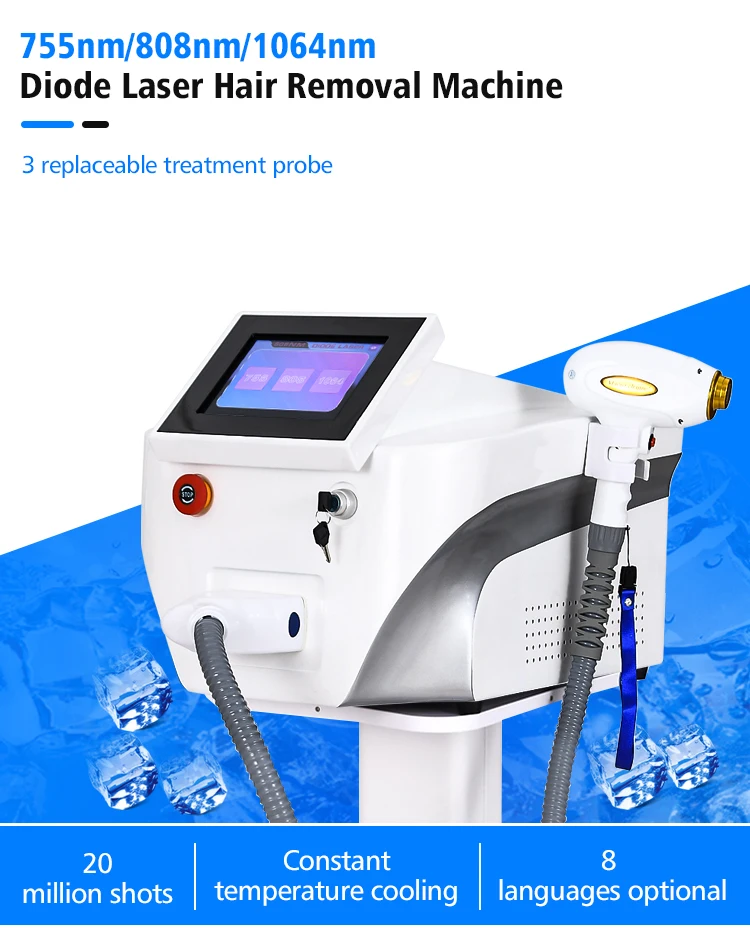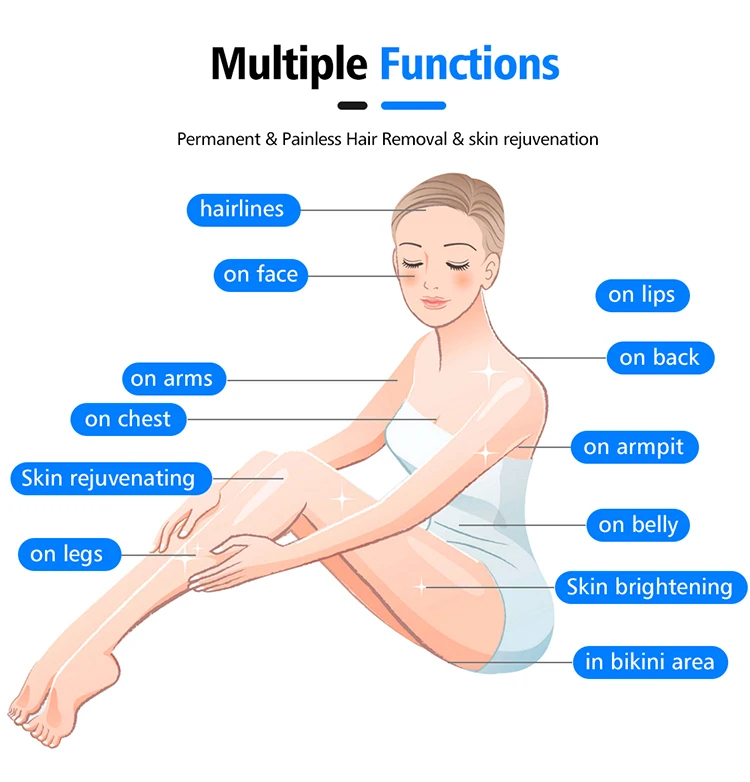Laser tattoo removal is a cosmetic procedure designed to eliminate unwanted tattoos from the skin. You might be considering tattoo removal or simply curious about what the process entails. One primary concern for both the cautious and the curious is the level of pain associated with the procedure.
In this comprehensive blog post, we're tackling the question head-on: Is laser tattoo removal painful? We'll explore the treatment, dissect the myths, and provide first-hand experiences from individuals who've gone through the process. By the end, you'll have a clearer picture of what to expect, and just how to manage any potential discomfort.
Understanding Laser Tattoo Removal
Laser tattoo removal is a sophisticated process that uses high-powered lasers to break down tattoo ink particles. Once the ink is fragmented, the body's immune system can flush them out naturally. The process is not instantaneous; multiple sessions, usually spaced several weeks apart, are needed for complete removal.
The Process Explained
The laser beam penetrates the outer layer of the skin, targeting the tattoo ink. This can cause a sensation akin to being snapped with a rubber band. After the treatment, the skin might feel similar to a sunburn and require special care during the healing process.
Factors Affecting Pain Perception
Several factors influence how painful laser tattoo removal can be for an individual:
- The location of the tattoo on the body
- The skin's natural pain threshold
- The size and complexity of the tattoo
- The type and depth of the ink
- The quality of the artist and the original tattoo technique
Pain Management Techniques
Clinics offering laser tattoo removal procedures typically provide a range of options to manage pain and discomfort for their clients. Here are a few techniques used:
Topical Numbing Creams
A common form of pain relief, numbing creams are applied to the tattoo area before the session. They take effect after a short duration and aim to reduce the nerve response, lowering the threshold for pain.
Cooling Devices
Some clinics use cooling devices to soothe the skin before, during, and after the laser treatment. These devices offer immediate relief and help reduce the heat felt from the laser.
Anesthetics
For clients with a low pain tolerance, stronger anesthetic options like lidocaine injections or nerve blocks can be administered. They provide more substantial pain relief but are usually reserved for extensive or particularly sensitive areas.
Real Experiences: Testimonials
Gathered from actual individuals who have had laser tattoo removal, here are their real experiences with the pain level and mitigation strategies:
Personal Stories
- Marie's Story:Marie had a small tattoo on her wrist that she rated a 7/10 for discomfort during removal. She found that the clinic's cooling device helped her manage the pain effectively.
- James's Experience:James had a large back piece that he described as a 3/10 on the pain scale. He used a topical numbing cream which substantially reduced the discomfort.
Varied Pain Thresholds
Different individuals can have vastly different experiences and pain thresholds. It's not uncommon for a person to feel little to no pain during laser tattoo removal, while others might find it moderately uncomfortable.
Comparative Pain Analysis
Is laser tattoo removal more or less painful than getting a tattoo? We'll consider a comparative pain analysis to help answer this question.
Insights from Professionals and Clients
Tattoo artists and laser removal technicians often hear firsthand accounts of pain levels. Professionals who have experience with both procedures can offer valuable insights into the typical discomfort levels associated with each.
Conclusion
The decision to remove a tattoo should be an informed one. While laser tattoo removal can certainly cause discomfort, the level of pain is subjective and can be managed effectively with the right techniques.
If you're considering tattoo removal, consult with a reputable clinic to discuss your concerns and pain management options. You're not alone in your worry about pain, and there are strategies to help you through the process.
Remember, the ultimate goal is to provide you with a sense of confidence and comfort, both in your skin and in the decisions you make about caring for it.
If you're unsure about what route to take, consider reaching out for a consultation or further information. It's a step toward not only removing an unwanted tattoo but toward doing so with as little discomfort as possible. Never be afraid to ask questions and take charge of your own health and well-being.
In the end, it's important to remember that pain is temporary, but the satisfaction of removing an unwanted tattoo can last a lifetime. Don't let fear or worry cloud your judgment; do your research and make the best decision for yourself. And always remember, you are in control of your body and your choices. So, trust the professionals, listen to your own needs, and make the decision that is right for you. Good luck on your journey toward tattoo removal!
For more information about laser tattoo removal or pain management techniques, consider consulting with a professional or researching reputable sources online. Stay informed and confident in your decision-making process. Happy removing!
In addition to discussing pain management during the tattoo removal process, it's also important to consider aftercare and potential side effects. After getting a tattoo removed, your skin may experience redness, swelling, blistering or scabbing in the treated area. It's crucial to follow any post-procedure instructions given by your provider in order to promote proper healing and minimize risk of infection. This may include keeping the area clean and moisturized, avoiding sun exposure and certain activities that may irritate the skin. It's also important to be aware of any potential allergic reactions or adverse effects from the removal process, and to consult with your provider if you experience any concerning symptoms. By taking care of your skin and being proactive in your aftercare, you can ensure the best possible outcome from your tattoo removal journey. Remember to always prioritize your health and well-being throughout the process, and don't hesitate to reach out for support or guidance when needed. You've got this! So, trust the professionals, listen to your own needs, and make the decision that is right for you. Good luck on your journey toward tattoo removal!
For more information about laser tattoo removal or pain management techniques, consider consulting with a professional or researching reputable sources online. Stay informed and confident in your decision-making process. Happy removing!




